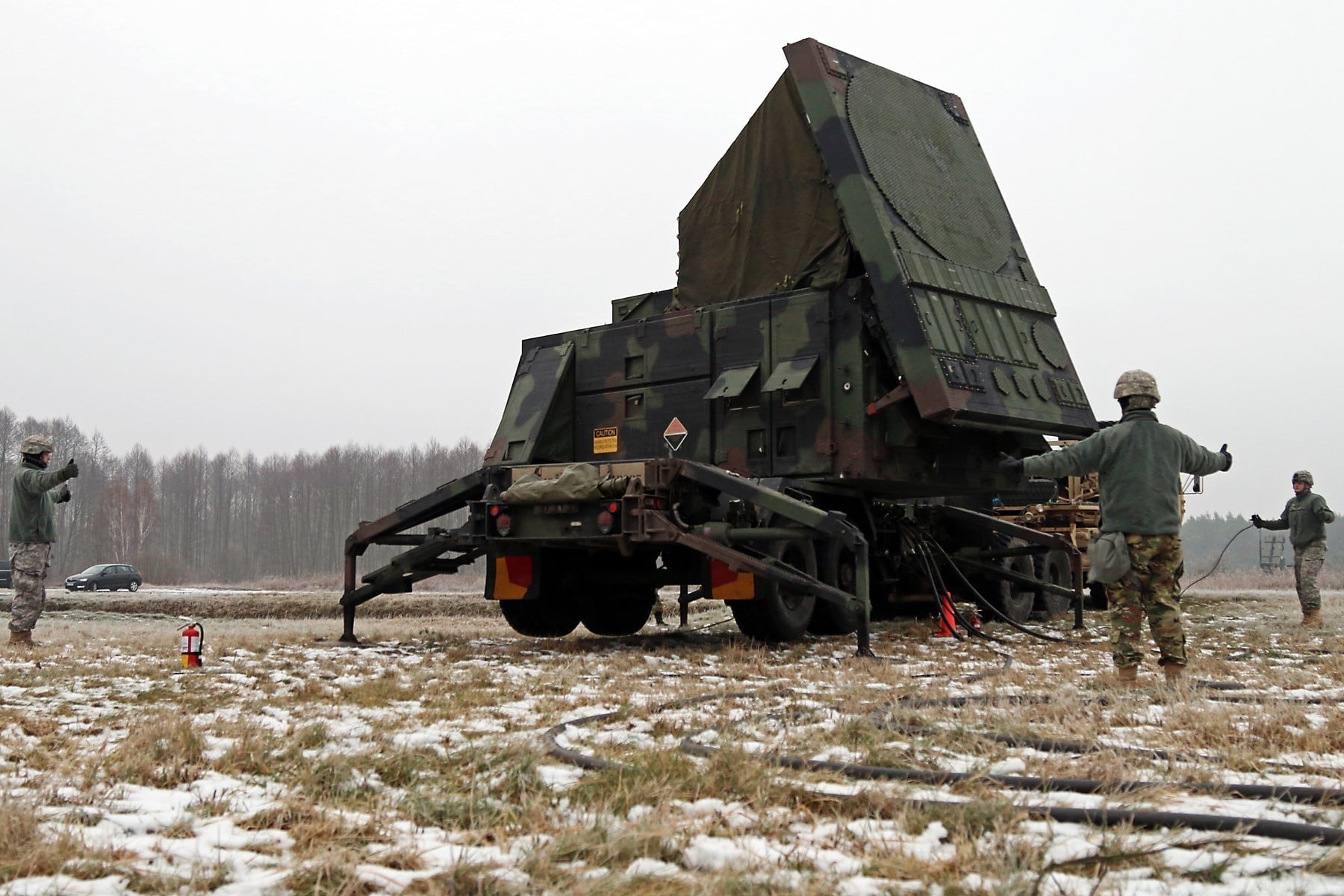WASHINGTON — The Army is racing to get a new medium-range air-and-missile defense radar far ahead of previous expectations, according to the Army’s chief in charge of acquisition.
The service has been aiming to get a radar capable of detecting threats from 360 degrees around to replace its aging Patriot radar for many years. Originally an entire system was meant to replace Patriot, but the Army walked back on those plans roughly 10 years ago to separately develop components of a new Integrated Air and Missile Defense system (IAMD) to include an advanced, next-generation radar.
Critics over the years have said the service was moving far too slowly on procuring a new radar with 360-degree capability as several next-generation radar offerings are reach high levels of technology readiness. Congress has also urged the Army to speed up the process, mandating that it procure something in the next five years.
Because the Army has decided to make AMD one of its top modernization priorities, the Lower Tier Air and Missile Defense Sensor has become a high priority.
“In response to congressional and Army senior leader guidance to field a capability faster, the LTAMDS product manager is planning to utilize both rapid prototyping and fielding approaches to bring an advanced, improved capability to the warfight now with incremental capability added over time,” Dr. Bruce Jette, the Army’s acquisition chief, told Defense News just ahead of the Association of the U.S. Army’s annual conference.
The Army-sponsored capability “sense-off” is planned to take place within the next year to demonstrate potential prototypes of LTAMDS, Jette said.
Brig. Gen. Randall McIntire, who is in charge of AMD modernization under the new Army Futures Command, told Defense News in a recent interview that the service is pushing to procure a new radar by 2023 and is now working through what that means in terms of availability capability and cost.
Based off early assessment, “it sounds like I think we are going to be in pretty good shape,” McIntire said, noting what will come out of the plans will be a much better radar that will have growth potential built into it for constant upgrades and improvements as new technology and capability comes online.
Last week Defense News broke the news that the Army had picked two companies out of four designing LTAMDS concepts over the past year -- Lockheed Martin and Raytheon -- to move forward in the process of developing new LTAMDS radars.
RELATED

Shortly after AUSA a year ago, the Department of Defense Ordnance Technology Consortium awarded contracts to four companies to come up with designs to help inform the Army’s requirements for the Patriot AMD radar replacement. In addition to Lockheed and Raytheon, Northrop Grumman and dark horse Technovative Applications, based in Brea, California, were also awarded contracts at the time.
The concept design contracts were given a period of performance of 15 months, so the downselect to Raytheon and Lockheed came slightly early.
Raytheon is the manufacturer of the legacy Patriot system, and Lockheed Martin spent years developing a system to replace Patriot, from which the Army ultimately walked away.
That system — the Medium Extended Air Defense Systems — is still in development with Germany.
Both Lockheed and Raytheon will use its radar technology developing and manufacturing histories to produce new radar designs.
Jen Judson is an award-winning journalist covering land warfare for Defense News. She has also worked for Politico and Inside Defense. She holds a Master of Science degree in journalism from Boston University and a Bachelor of Arts degree from Kenyon College.







